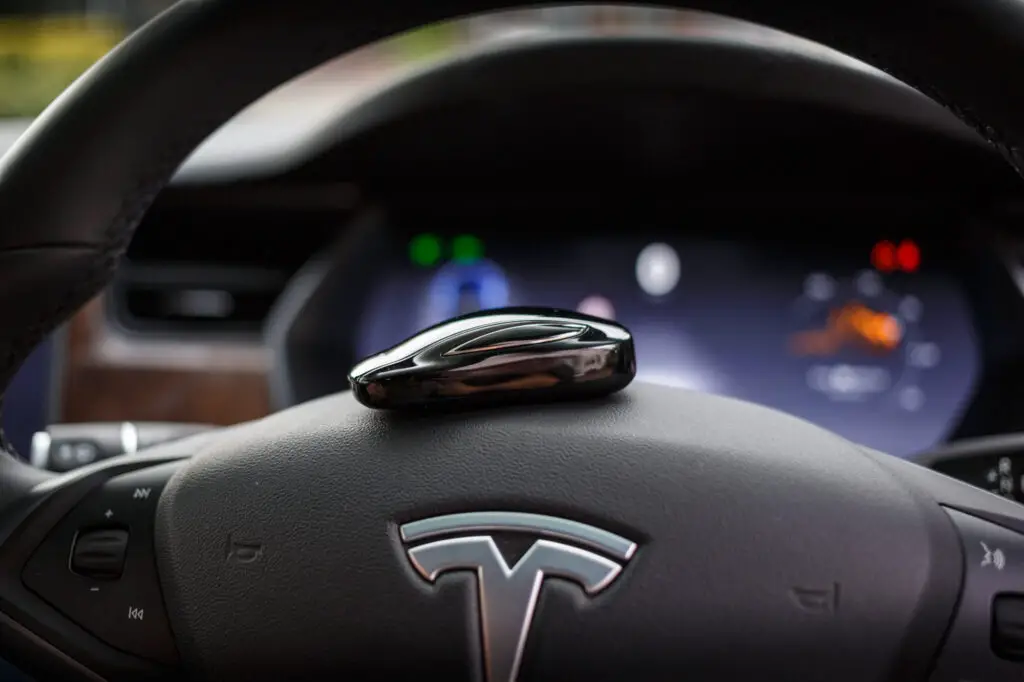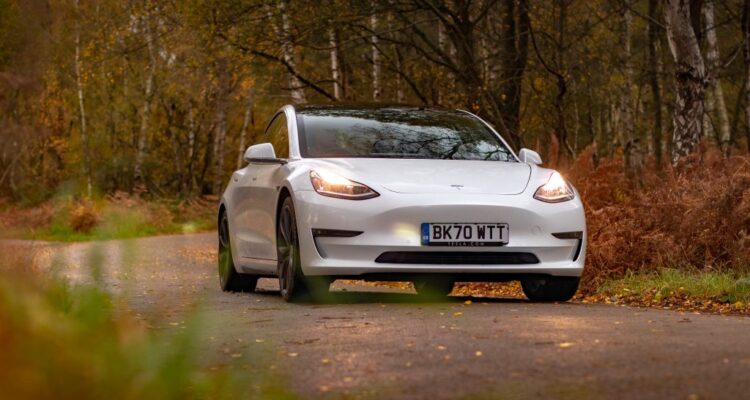As self-driving technology continues to evolve, one of the pressing questions is who is liable for an accident with a self-driving car? This issue is crucial for the development of autonomous vehicles and insurance policies.
In these cases, liability can fall on multiple parties. The manufacturer, the software developer, or even the human occupant may bear responsibility, depending on the circumstances and the vehicle’s level of autonomy.
Self-Driving Car Technology Overview
Self-driving car technology incorporates various levels of automation and operates within a complex legal framework that varies by jurisdiction.
Levels of Automation
Self-driving technology is classified according to the Society of Automotive Engineers (SAE) levels of automation. There are six levels, ranging from 0 to 5:
- Level 0: No Automation. The human driver is responsible for all tasks.
- Level 1: Driver Assistance. Features like cruise control assist the driver.
- Level 2: Partial Automation. Systems can control steering and acceleration but require driver monitoring.
- Level 3: Conditional Automation. The car handles most tasks but may need human intervention.
- Level 4: High Automation. The vehicle can operate independently in certain conditions.
- Level 5: Full Automation. No human intervention is required under any conditions.
Current Legal Framework
The legal landscape for self-driving cars is evolving. Currently, regulations vary significantly by region. In the United States, the National Highway Traffic Safety Administration (NHTSA) sets federal guidelines, but individual states have their own laws.
Europe follows the United Nations Economic Commission for Europe (UNECE) guidelines, leading to a more standardized approach.
Determining Liability in Self-Driving Car Accidents
When accidents involve self-driving cars, determining liability requires examining the roles of vehicle owners, users, manufacturers, and software developers. Legal responsibility can fall on any or all of these entities depending on specific circumstances.
Vehicle Owners and Users
Vehicle owners and users hold significant responsibility. Owners must ensure their self-driving cars are maintained according to manufacturer guidelines. This includes routine checks and updates, such as software patches.
Users can be held liable if improper use leads to an accident. For example, engaging in dangerous behaviors, such as operating the vehicle while under the influence (DUI), could result in liability.

Manufacturers and Software Developers
Manufacturers and software developers also play a critical role in liability. Defects in design, manufacturing, or software can lead to accidents. If an investigation reveals such flaws, the manufacturer or developer may be held accountable.
Software developers must ensure the vehicle’s autonomous systems are reliable. Any oversight, bugs, or cybersecurity vulnerabilities that lead to accidents can result in liability. They must consistently monitor and improve their technology to prevent malfunctions.
Role of Insurance in Autonomous Vehicle Accidents
Insurance frameworks are evolving to accommodate self-driving cars. Traditional auto insurance policies typically place liability on the driver. With autonomous vehicles, determining fault becomes more complex.
Manufacturers may bear responsibility if a software malfunction causes the accident. This could lead to increased product liability coverage.
Owners still maintain some liability. If the owner fails to maintain the vehicle properly, they could be held accountable.
OEMs (Original Equipment Manufacturers) and software developers may also be liable. This scenario arises when their technology is faulty or their updates are inadequate.
Insurers are creating new policies to address these complexities. These policies might combine traditional and product liability coverage.
Several states have legislation impacting insurer’s roles. States require different levels of coverage for autonomous vehicle testing and operation.
These shifts impact premiums and coverage requirements. Premiums may adjust based on vehicle automation level and data from autonomous systems.
Legal Representation and Advice
Securing proper legal representation is essential after an accident involving a self-driving car. Knowing when to consult a lawyer and how to find the right attorney can be crucial for navigating complex legal challenges.
When to Consult a Lawyer
Consult a lawyer immediately if you are involved in an accident with a self-driving car and there is property damage, injuries, or fatalities. Legal advice is vital early on to protect your interests, especially when interacting with insurance companies and other parties.
Additionally, a lawyer can help you understand your rights and obligations under current laws. Self-driving car laws are evolving, and an experienced attorney can guide you through these changes. Contact a reputable law firm such as Manassas DUI Lawyer to seek expert advice tailored to your case.
Finding the Right Attorney
Selecting the right attorney requires careful consideration. Look for a lawyer with specific experience in self-driving car accidents and a strong track record of cases in this niche area. Refer to reviews and testimonials for insights into the lawyer’s reputation and client satisfaction.
It’s also important to schedule consultations with potential attorneys to discuss your case. Preparing a list of questions about their experience and approach can help you gauge their suitability. Manassas DUI Lawyer, for instance, has a team of professionals who specialize in vehicle accident cases, ensuring you receive competent legal representation.






